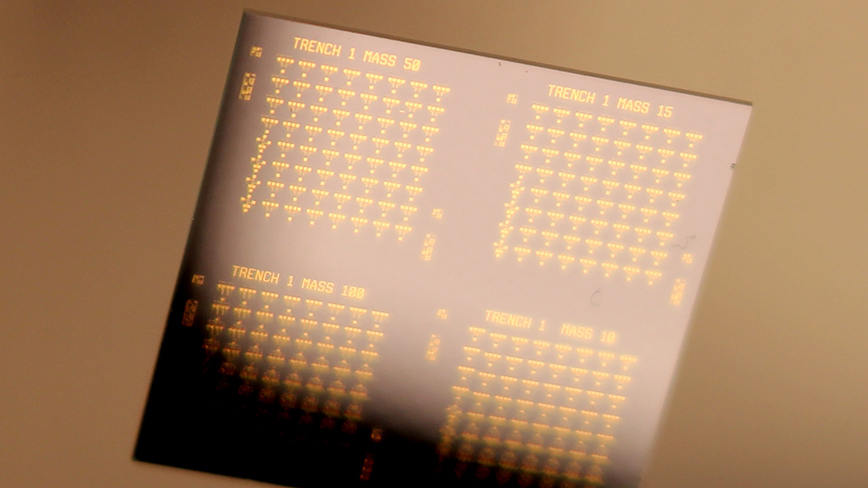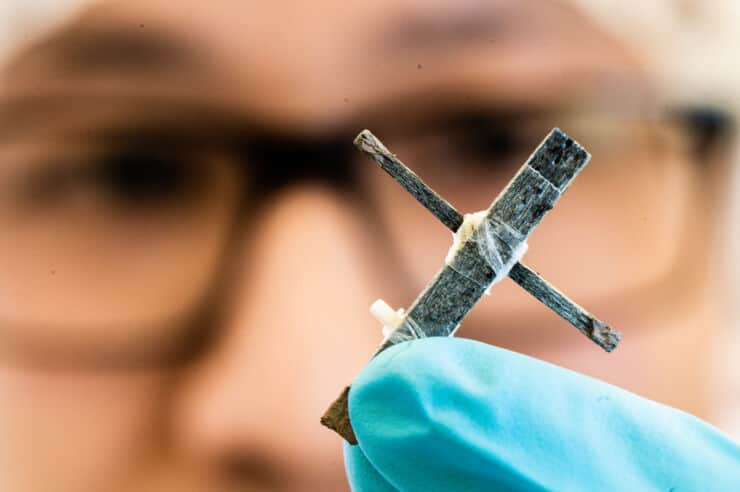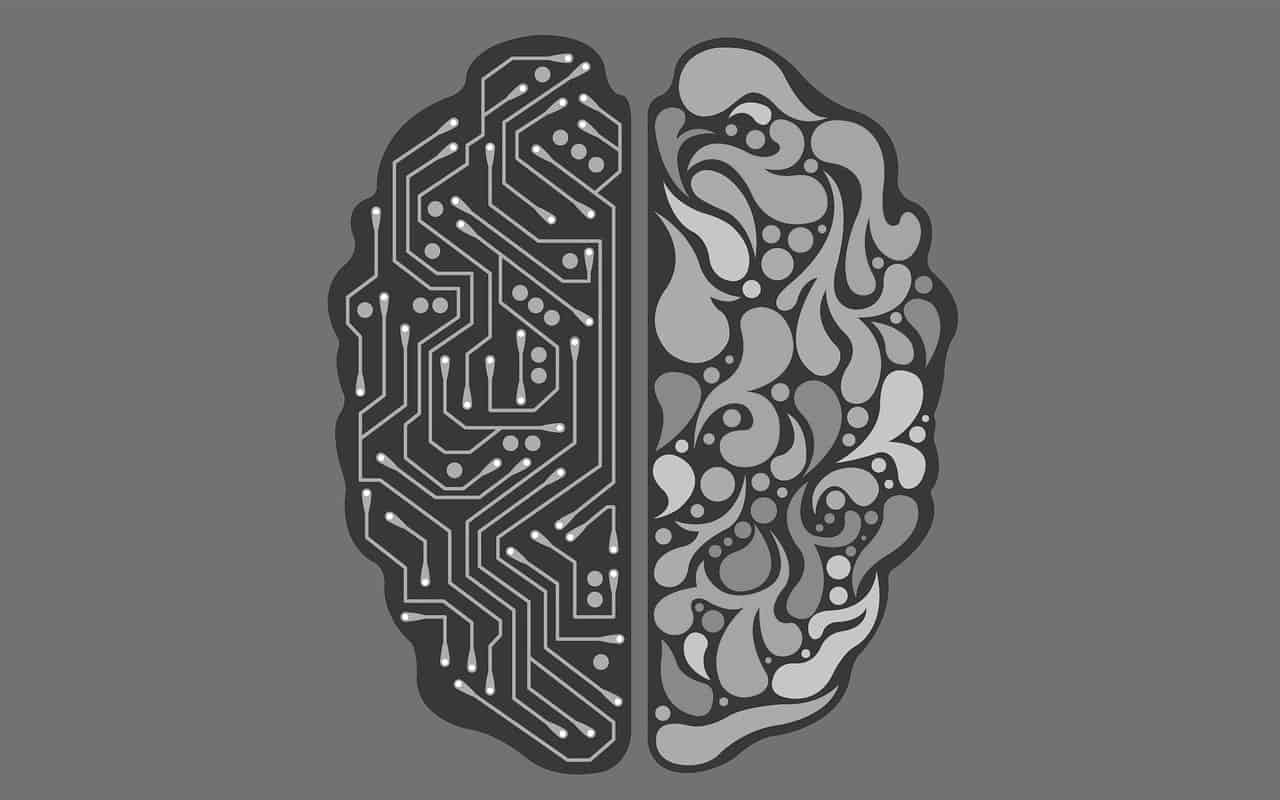
With the introduction of a new component material, researchers at Royal Institute of Technology in Stockholm, Sweden (KTH) take another step toward computers that mimic the human brain as announced in a press release.
Researchers from KTH and from Stanford University have fabricated a material for components that enable the commercial viability of computers that mimic the human brain.
Electrochemical random access (ECRAM) memory components made with 2D titanium carbide showed outstanding potential for complementing classical transistor technology and contributing toward the commercialization of powerful computers that are modeled after the brain’s neural network. Such neuromorphic computers can be thousands of times more energy-efficient than today’s computers.
Synaptic cell
These advances in computing are possible because of some fundamental differences from the classic computing architecture in use today, and the ECRAM, a component that acts as a sort of synaptic cell in an artificial neural network, says KTH Associate Professor Max Hamedi.
“Instead of transistors that are either on or off, and the need for information to be carried back and forth between the processor and memory—these new computers rely on components that can have multiple states, and perform in-memory computation,” Hamedi says.
The scientists at KTH and Stanford have focused on testing better materials for building an ECRAM, a component in which switching occurs by inserting ions into an oxidation channel, in a sense similar to our brain which also works with ions. What has been needed to make these chips commercially viable are materials that overcome the slow kinetics of metal oxides and the poor temperature stability of plastics.
The key material in the ECRAM units that the researchers fabricated is referred to as MXene—a two-dimensional (2D) compound, barely a few atoms thick, consisting of titanium carbide (Ti3C2Tx). The MXene combines the high speed of organic chemistry with the integration compatibility of inorganic materials in a single device operating at the nexus of electrochemistry and electronics, Hamedi says.
The findings were published in the journal Advanced Functional Materials.
Also interesting:
Genetic variant behind the brain stimulation impact on memory
Bionic synapses will restore people’s sight
Bio-inspired approach makes robots think and act
Selected for you!
Innovation Origins is the European platform for innovation news. In addition to the many reports from our own editors in 15 European countries, we select the most important press releases from reliable sources. This way you can stay up to date on what is happening in the world of innovation. Are you or do you know an organization that should not be missing from our list of selected sources? Then report to our editorial team.






